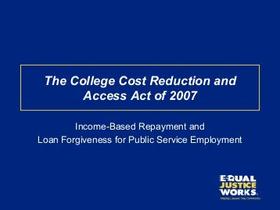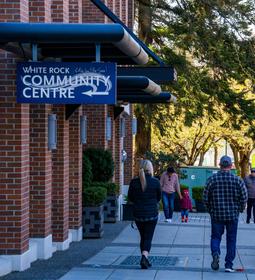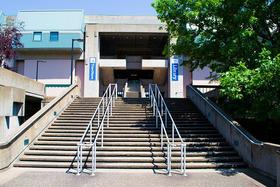As federal lawmakers appear unable to make progress in the student debt crisis, state lawmakers in Oregon are moving ahead with a plan to make higher education more affordable and debt-free. The proposal, known as “Pay it Forward, Pay it Back,” is a unique approach to footing the climbing bill of postsecondary education today. The bill has been approved by the state legislature and is expected to be signed into law by Oregon Governor John Kitzhaber later this month.
What is Pay it Forward, Pay it Back?
According to the Oregon Working Families Party website, this new piece of legislation, officially dubbed House Bill 3472, offers access to higher education without accumulating large amounts of debt. Students attending public universities and community colleges would be able to do so without paying any tuition upfront. After the student leaves college or university and enters the workforce, these students would pay a percentage of their income directly to the state’s higher education funding.
Under the current proposal, students graduating from a four-year public school would pay 3 percent of their income. Those graduating from a community college would pay 1.5 percent of their income. Payments would be deducted directly from the individual’s payroll, much like social security taxes. The payments would increase or decrease according to the individual’s income amount and would continue for a full 24 years.
Pay it Forward, Pay it Back was the brainchild of a group of students at Portland State University in collaboration with































